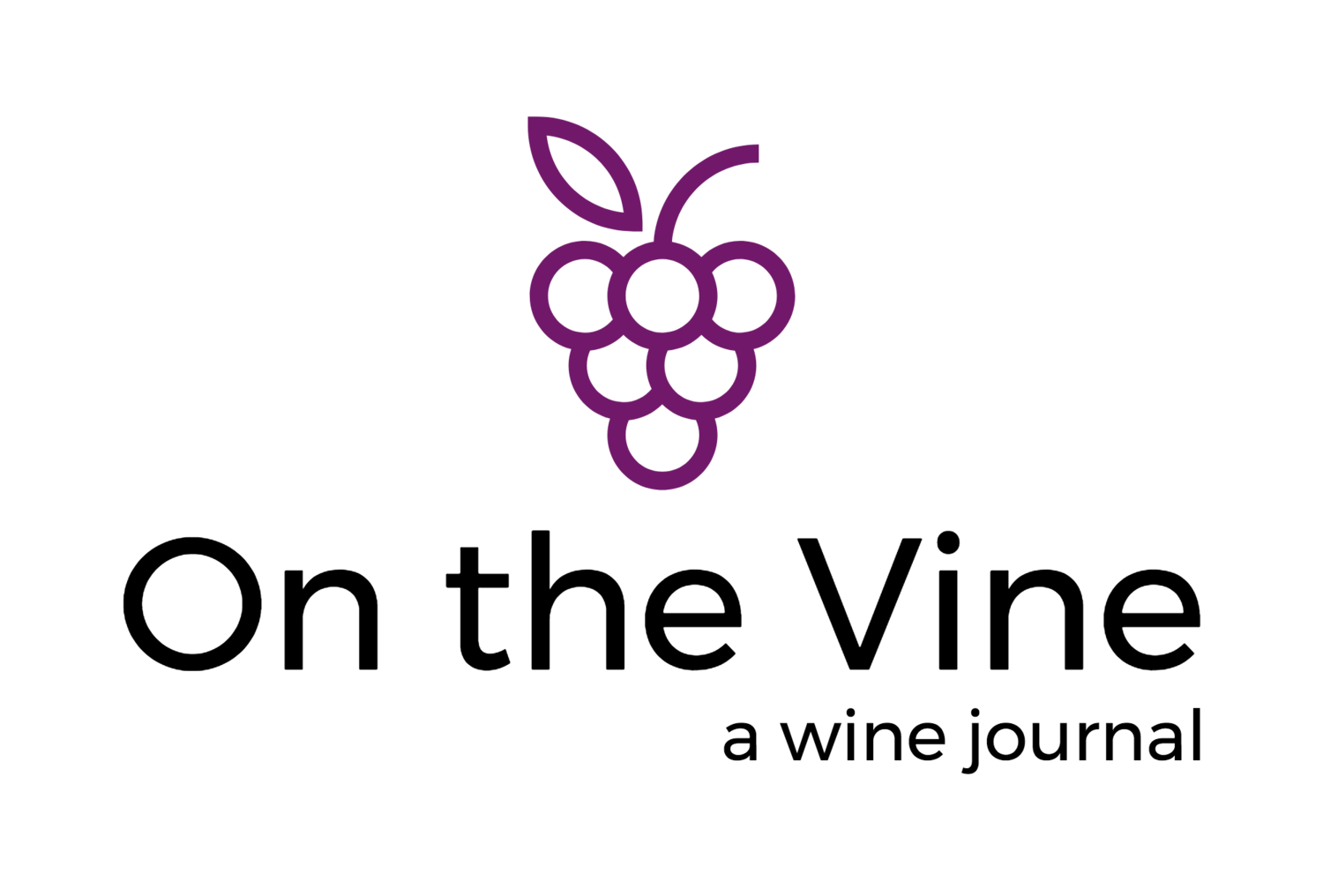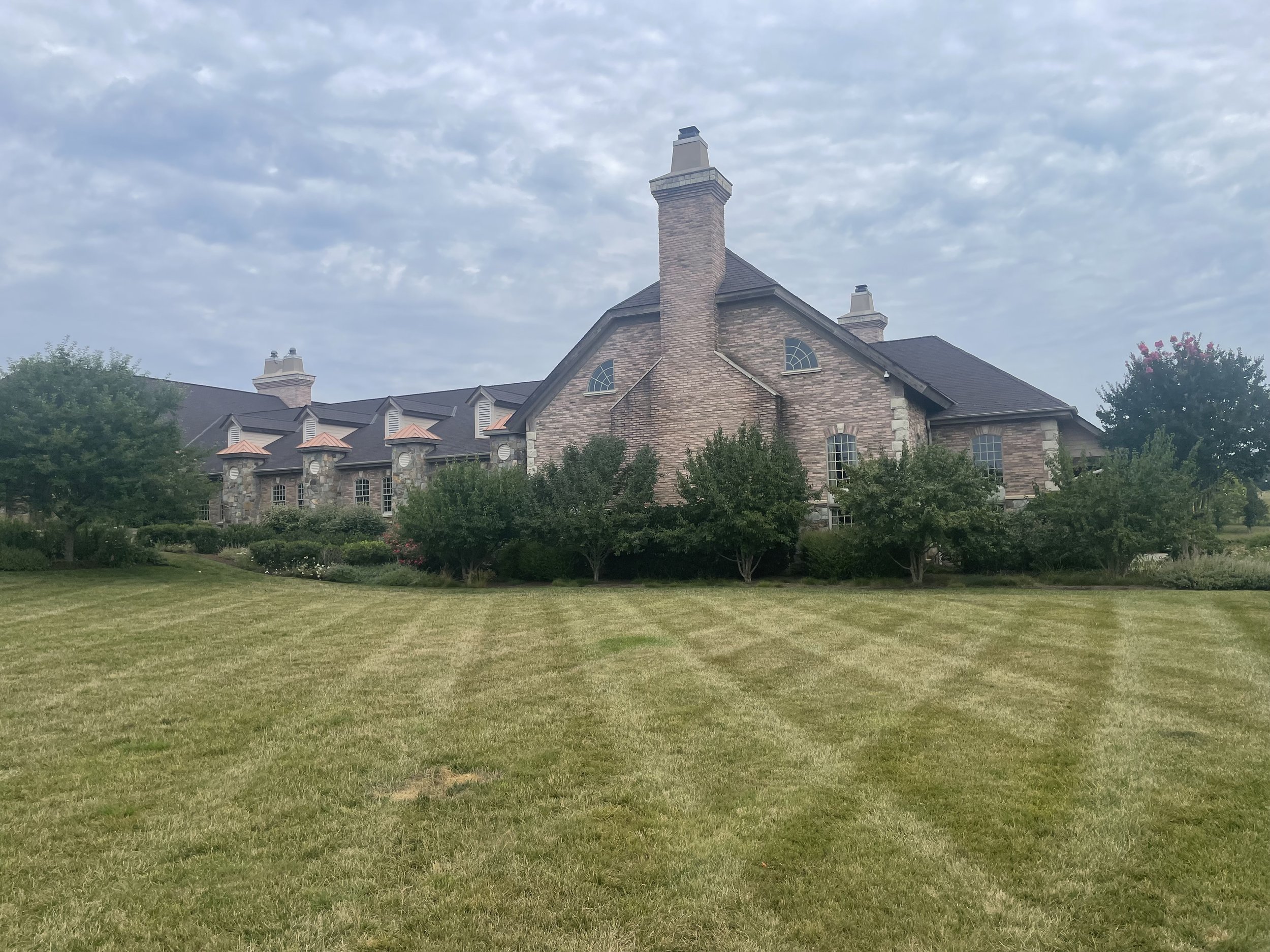A Sip of Virginia Wine
/“Why do you want to drink wine here when you have so much good wine in Oregon?” While I recognized this friendly question as one of hospitality, it still took me aback. These words spoken by a wine professional in a tasting room near Charlottesville, Va, seemed to acknowledge the outsider self-image of Virginia’s wine industry.
That perception is changing. Monticello, one of the state’s eight AVAs (American Viticultural Areas), was named Wine Enthusiast’s Wine Region of the Year in 2023. Over 4,000 acres of grapes grow in the state, and almost 300 wineries offer various wines, including familiar vitis vinifera varieties and hybrid grapes. One of the latter, Norton, had particularly drawn my attention (for obvious reasons!)
Thomas Jefferson was famously among America’s earliest wine lovers. His home at Monticello was high on our list of places to visit while in the state for a family reunion. Jefferson’s viticultural attempts failed due to the damp growing conditions of the area and his era’s limited knowledge and technology. Visiting during the steamy week of July 4 allowed us to appreciate his climatic challenges.
The factors that held Jefferson back evolved over two centuries. Virginia wine is ready for “prime time.”
GETTING READY
An Oregon Wine Press colleague, Neal Hulkower, introduced me to Richard Leahy’s book Beyond Jefferson’s Vines: the Evolution of Quality Wine in Virginia. A perfect primer to the state’s viticultural history, the book also serves as a guide to the regions and noteworthy producers within each area. Now in its third edition, I found the book’s recommendations valuable and up-to-date.
Our limited time meant that our visit would have to focus on the area of central Virginia outside of Charlottesville and surrounding Monticello. Here are some of the highlights.
MICHAEL SHAPS WINEWORKS
A comfortable tasting room with a beautiful outdoor patio area was staffed by a very well-informed Kevin, who took us through a flight of wines made in Virginia and Burgundy. Shaps learned his craft in France, and his Maison Shaps Pinot Noirs are made near Meursault. Stateside, he is a leading producer in Virginia, and he also facilitates the efforts of other winemakers through a custom crush business.
Since this was our first stop, we were introduced to some of the state’s specialties, such as Cabernet Franc, Petit Verdot, Viognier, various Bordeaux and Rhone varieties, and Petit Manseng. I had only encountered this last one, a white variety, in wine textbooks, but it became a familiar touchstone on many wine lists we encountered on this trip. Shaps’ version won a blue ribbon in 2021 at the Virginia Governor’s Cup, a respected quality indicator. Their Franc Blanc, a white wine made from Cabernet Franc juice, reminded me of our Oregon white Pinot Noirs.
The winemaking here is serious and excellent. What a great place to start learning about Virginia wine!
Website: https://www.virginiawineworks.com/
EARLY MOUNTAIN VINEYARDS
This breathtaking property is poised to set a higher bar for luxury wine tourism in the region. The whole state is their focus, in fact, as they offer a long list of other Virginia wines—and bottles from elsewhere—alongside their own production. When founders Steve and Jean Case (of America Online fame) purchased this property in 2011, they envisioned improving and promoting the wine industry in the area where they had lived for 30 years. They even offer a wine club called Taste of Virginia that curates wines from around the Commonwealth. I cannot remember having visited another winery with such a business plan.
Michael Seay, Director of Wine and Hospitality, guided us through a generous selection of estate vintages, ranging from traditional-method sparkling to Chardonnay, several proprietary red blends and the ubiquitous Petit Manseng. All were well-made and delicious.
The property offers a full menu of food and even some overnight accommodations. The beauty of the place and the quality of the experience rival any high-end property on the West Coast.
Website: https://www.earlymountain.com/
BARBOURSVILLE VINEYARDS
Thomas Jefferson designed a grand home for Governor James Barbour’s family that later burned and is now a ruin near this estate’s tasting room. Its octagonal central room suggested the name of Barboursville’s top red blend, Octagon. One of the oldest wineries in the state, it has been an industry leader since the 1970s. Leahy mentions it first in a chapter entitled A View from the Summit: Four of the Top Virginia Wineries.
Italy’s Zonin family owns the estate and, over the years, has steadfastly set about growing vinifera here, even when the locals said it couldn’t be done. The wines on offer reflect the Italian influence; Vermentino, Falanghina, Nebbiolo and Barbera are found alongside the more expected Viognier and Bordeaux red varieties.
We chose to taste in the Library, which offers seated experiences distinct from the less formal Discovery Tasting room. Food is also available in the Library, and we enjoyed a delicious charcuterie board and a large, consistently enjoyable flight of wines. The whites were zesty and bright, and the Cabernet Franc was among the best we tasted in Virginia.
Barboursville offers lunch and dinner in the Palladio restaurant, and various overnight accommodations are available on the property.
Website: https://www.bbvwine.com/
When we returned home, we realized we had only experienced a ‘sip’ of Virginia wine culture.
If you go, use Virginia Wine’s excellent website, https://www.virginiawine.org/, along with Leahy’s book. Many wineries are within an hour or two's drive from Washington, DC and are worth making the effort to explore.










